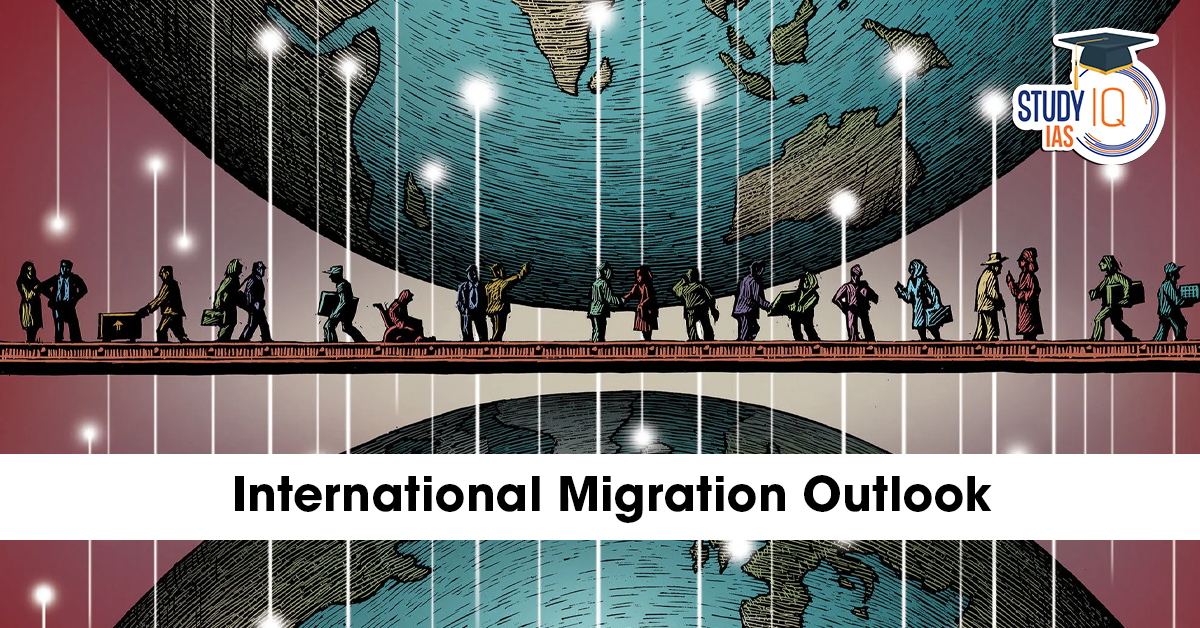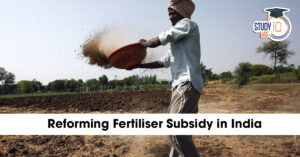Table of Contents
The International Migration Outlook 2025 provides a comprehensive analysis of global migration patterns, labour mobility, and integration trends across major economies.
It highlights how migration continues to shape labour markets, education, and demographics across the world, while also emphasizing the growing role of countries like India, which remains a leading source of international migrants and new citizens in advanced economies.
Global Migration Trends 2025
The report reveals that migration to OECD countries has reached an all-time high, reflecting post-pandemic recovery, demographic needs, and labour shortages in advanced nations.
More than 6.5 million new migrants settled in OECD member states in 2023, marking a sharp rise compared to pre-2020 levels.
Key trends include:
-
Rising Labour Migration: Economic and skilled migration continue to dominate, with increasing demand in healthcare, IT, and engineering sectors.
-
Humanitarian Movements: Conflicts and climate change have led to an increase in asylum seekers and refugee movements.
-
Integration Success: Employment rates of immigrants are at record highs, supported by stronger integration and reskilling programs.
-
Entrepreneurial Migration: Immigrants are increasingly contributing to small business creation and innovation in host economies.
India’s Position in the Global Migration Landscape
India continues to play a leading role in international migration, emerging as the top source of new citizens and skilled professionals in advanced economies.
-
In 2023, over 600,000 Indians migrated to OECD countries — an 8% increase from the previous year.
-
Around 225,000 Indians acquired citizenship in OECD nations, the highest among all nationalities.
-
Major destinations included Canada, the United States, the United Kingdom, and Australia.
-
Migration from India is increasingly skill-driven, dominated by professionals in healthcare, education, and technology.
This marks a shift from traditional low-skilled labour migration to high-skill, education-based, and knowledge-driven mobility.
Health and Education Migration: A New Era
The Outlook highlights India’s significant contribution to the global healthcare and education sectors.
-
India ranks among the top sources of foreign-trained doctors and nurses in OECD nations.
-
Around 40% of migrant doctors and 37% of migrant nurses in OECD countries come from Asia, with India leading the list.
-
Indian students represent 14% of all international tertiary-level students in OECD nations, second only to China.
This trend underscores India’s expanding influence in healthcare, academia, and skilled labour markets, though it also raises concerns about domestic workforce shortages.
Changing Nature of Migration
The International Migration Outlook 2025 shows that migration today is increasingly characterized by:
-
High-Skill Mobility: Demand for qualified professionals in digital and medical sectors.
-
Diaspora-Driven Policies: Governments are strengthening ties with overseas citizens for trade and innovation partnerships.
-
Digital Pathways: Migration processes are becoming more data-driven and transparent through technology integration.
-
Gender Inclusion: More women are entering global labour markets, particularly in caregiving and education sectors.
These changes reflect a paradigm shift from migration as a survival strategy to migration as a career and lifestyle choice.
Policy Implications
The Outlook calls for:
-
Expanding legal migration channels aligned with labour market needs.
-
Strengthening ethical recruitment practices, especially in the healthcare sector.
-
Promoting international skill partnerships to ensure mutual benefit for both origin and destination countries.
-
Enhancing integration programs to support the economic and social inclusion of migrants.
For India, the focus must be on balancing outbound mobility with domestic workforce planning, especially in critical sectors like health and technology.
Conclusion
The International Migration Outlook 2025 reaffirms that migration is a defining feature of global interconnectedness.
For India, it represents both an opportunity and a challenge — an opportunity to showcase its talent and global influence, and a challenge to ensure sustainable workforce management at home.
As the world becomes more mobile, countries that invest in skills, partnerships, and digital governance will lead the next phase of global migration transformation.


 Reforming Fertiliser Subsidy in India: N...
Reforming Fertiliser Subsidy in India: N...
 Micrometeoroids: Tiny Space Particles, M...
Micrometeoroids: Tiny Space Particles, M...
 India Needs a National Insolvency Tribun...
India Needs a National Insolvency Tribun...

























